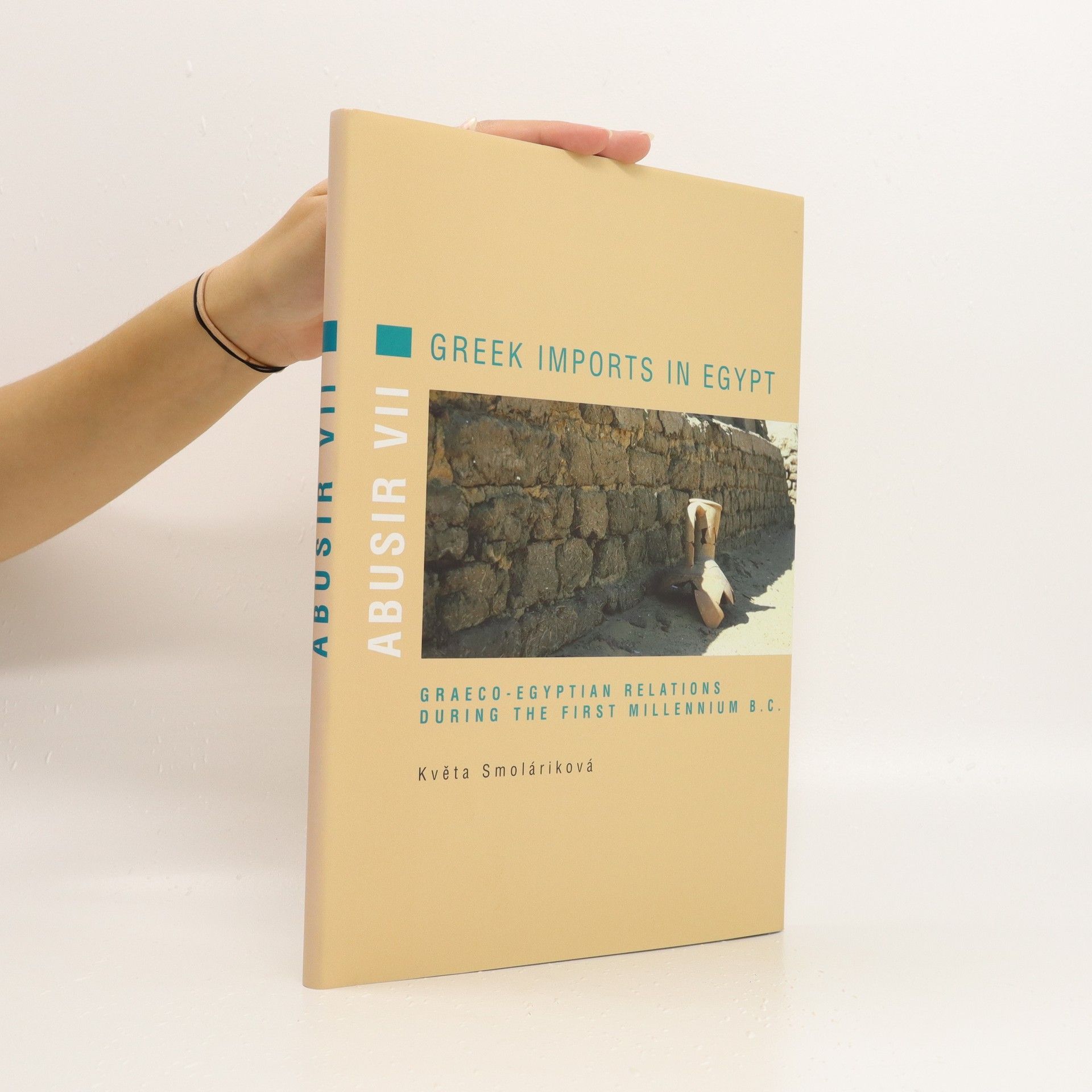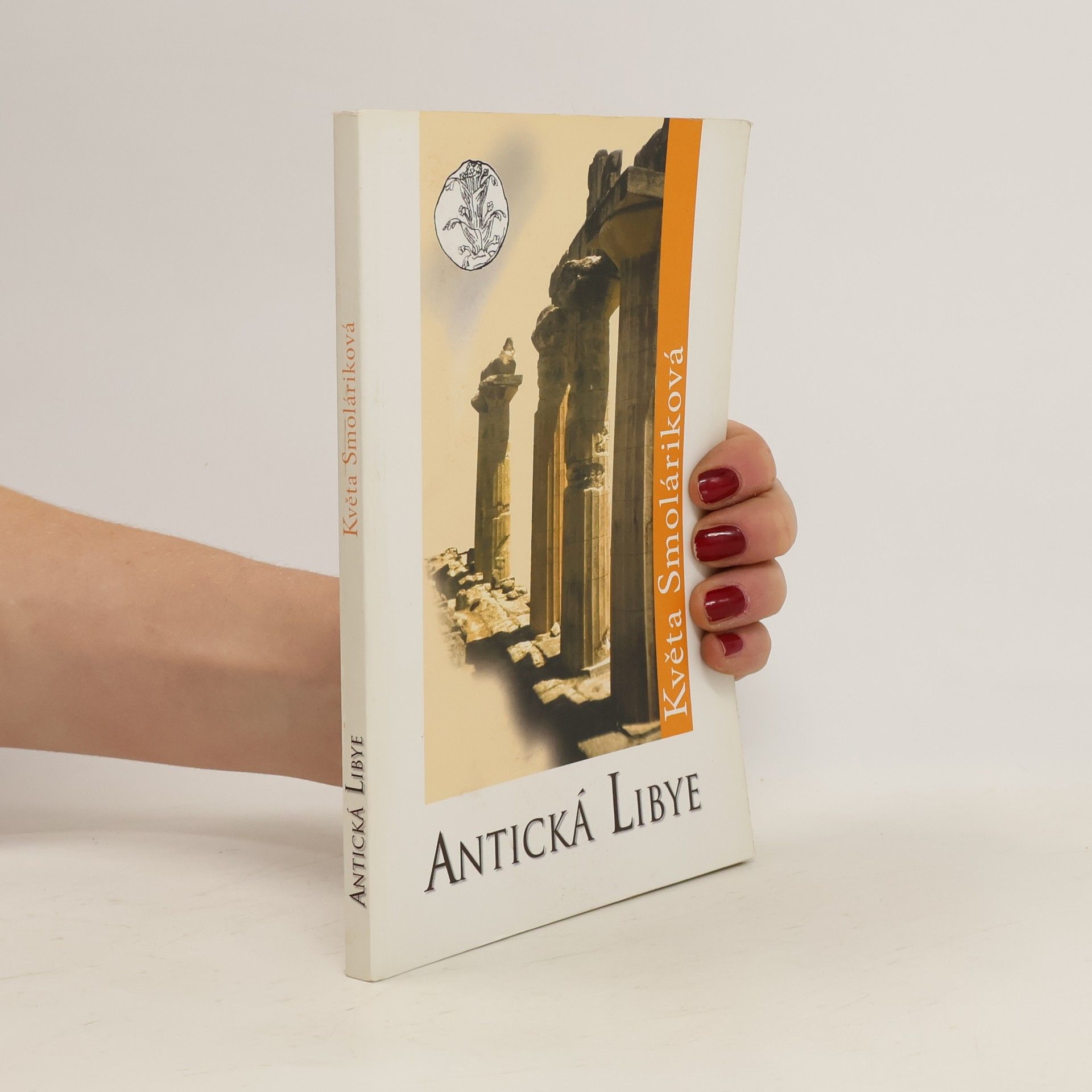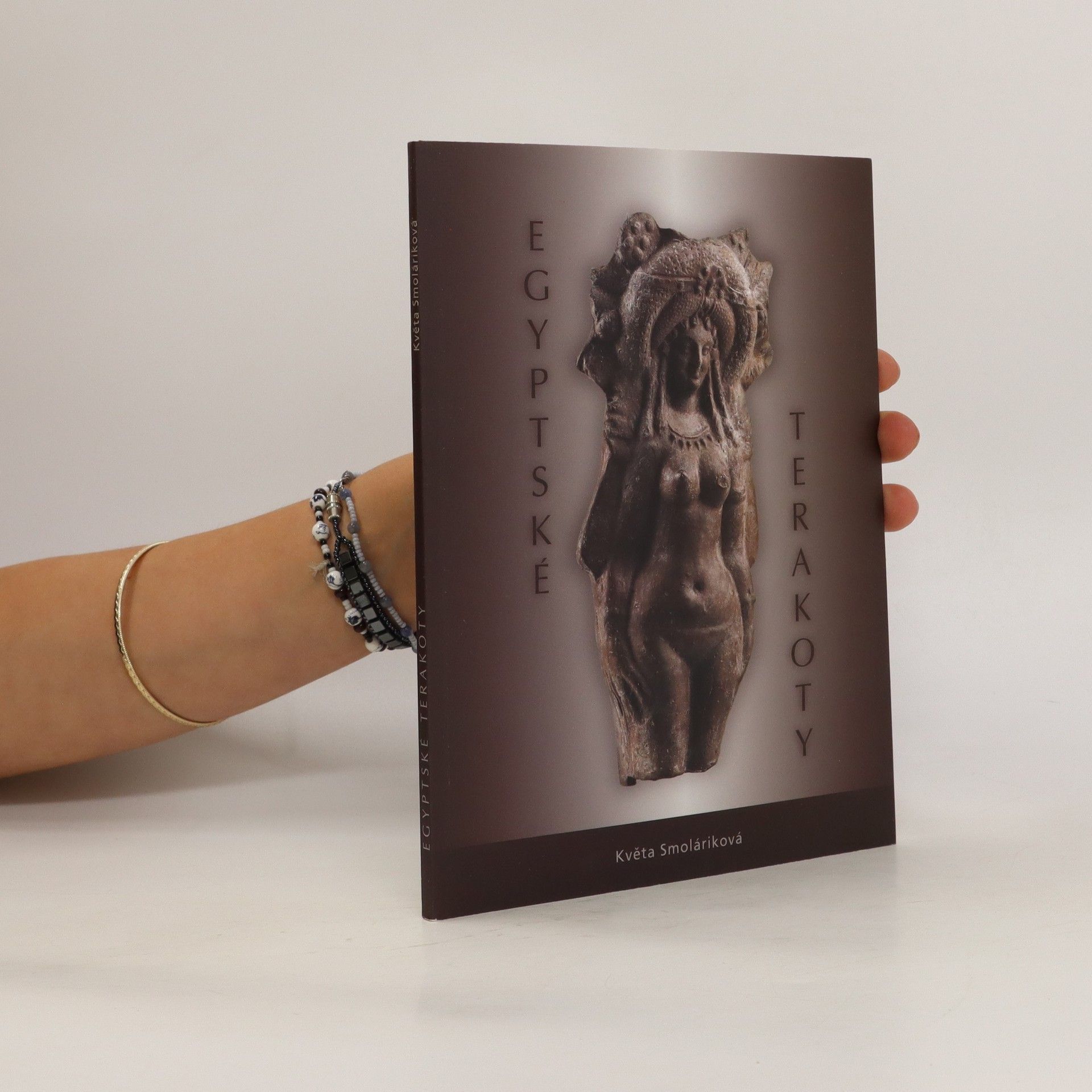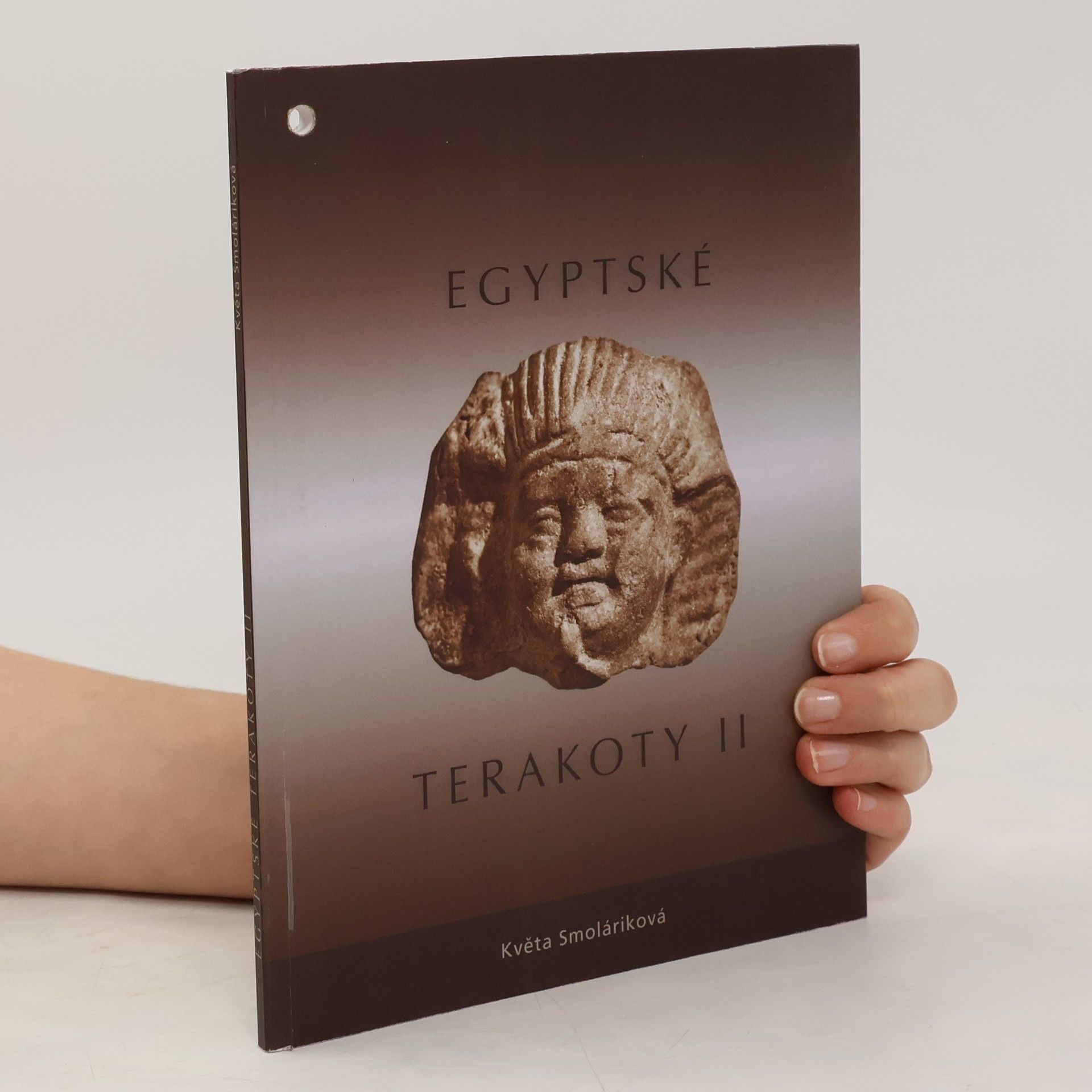Egyptské terakoty II
- 72 stránek
- 3 hodiny čtení
Publikace (katalog) dokumentuje soubor šestašedesáti kusů různě zachovaných malých hliněných reliktů z řecko-římského Egypta.





Publikace (katalog) dokumentuje soubor šestašedesáti kusů různě zachovaných malých hliněných reliktů z řecko-římského Egypta.
Katalog 84 egyptských terakot věnuje pozornost nejen samotným terakotám, jako jednomu z druhů "malého umění", ale i historickému pozadí, ve kterém tyto figurky z pálené hlíny vznikly a byly užívány.
Kniha pojednává o zajímavém, leč ne příliš známém tématu, jakým je v českém prostředí antická Libye. Zastavíme se u významných antických měst ležících na libyjském pobřeží Středozemního moře od Kyréné přes Apollónii, Ptolemais, Taucheiru v Kyrenaice až po Leptis Magnu a Sabrathu v Tripolitáně. Text osvěžují úryvky z děl významných mužů starověku: Hérodota, Pindara nebo Kallimacha. Autorka svůj podrobny popis doprovodila množstvím fotografií a mapek, a tak lze knihu použít také jako průvodce při cestách po Libyi..
The first volume includes the description of the archaeological situation and finds from the main burial chamber and the place of funerary cult in front of the eastern enclosure wall of the tomb (L. Bare), including the subsidiary burial chambers (K. Smoláriková). Separate chapters deal, among others, with the pottery (K. Smoláriková), amulets (V. Gae Callender), analysis of anthropological finds (E. Strouhal), architectural reconstruction and restoration works (M. Balík, M. Dvor(ák) and the Book of the Dead from the subsidiary burial chamber of Neferibreseneb Nekau (J. Janák a R. Landgráfová). The second volume is currently in preparation and will be dedicated to the texts and decoration on the walls of the burial chamber and sarcophagi of Iufaa.
The early Greek residents to arrive in Egypt were very much regarded as foreginers and were subject to all sort of restrictions, however, gradually the barriers were broken down as closer connections were established with the Greek mainland and new trading centres such as Naucratis were established. This volume studies the large amount of Greek imported pottery found in Egypt and assesses what the pottery can tell us about the nature of Egyptian-Greek relationships, Greek settlement in Egypt and the nature of trading patterns. The major part of Smoláriková's study examines the different types of Greek pottery and their distribution and context of use, placed alongside other archaeological and literary evidence. The situation at Abusir-Saqqara appears to stray from the norm, where Greek imports were directed at Greek residents in Egypt, with examples found in clearly defined Egyptian contexts.